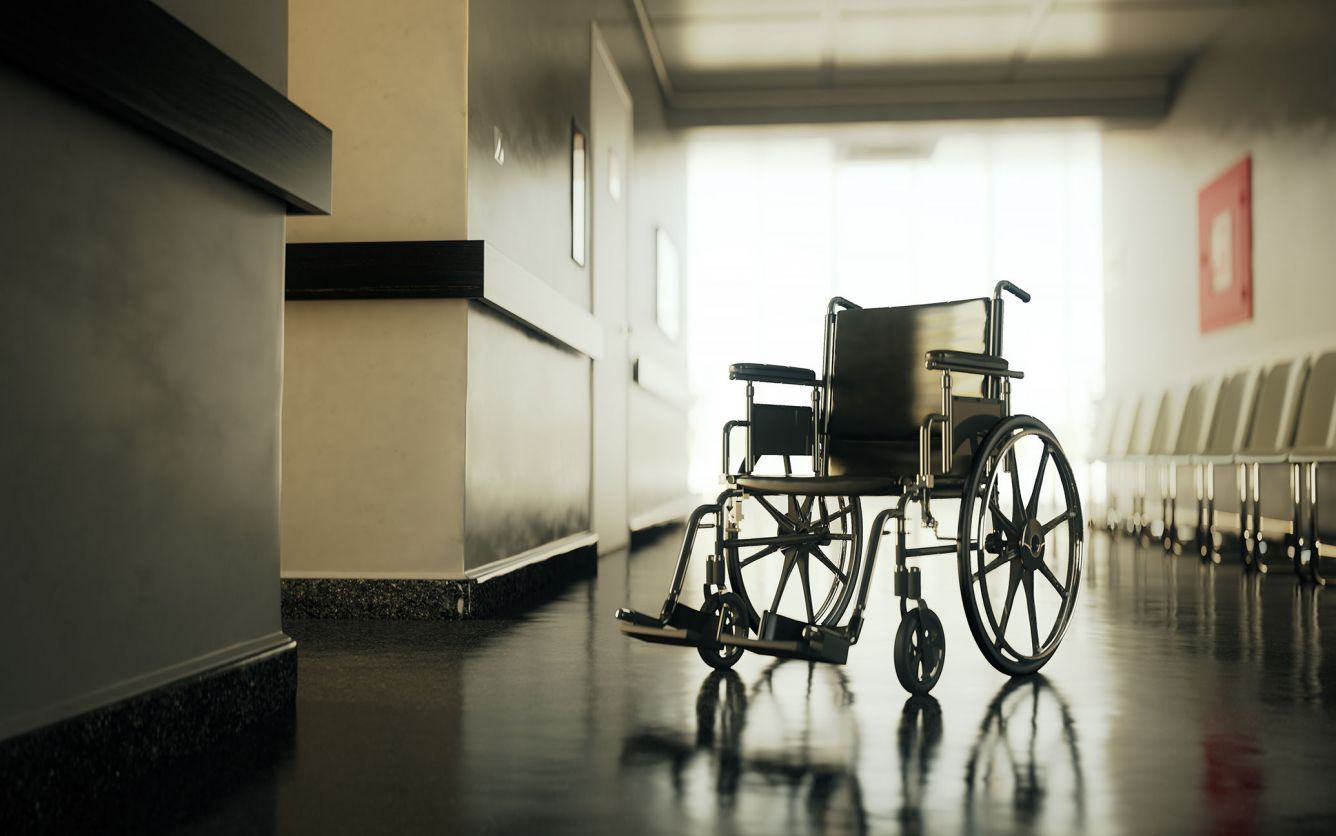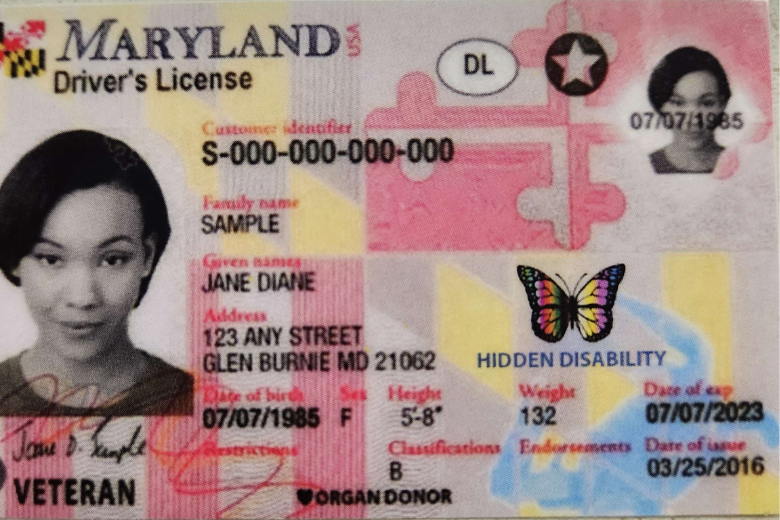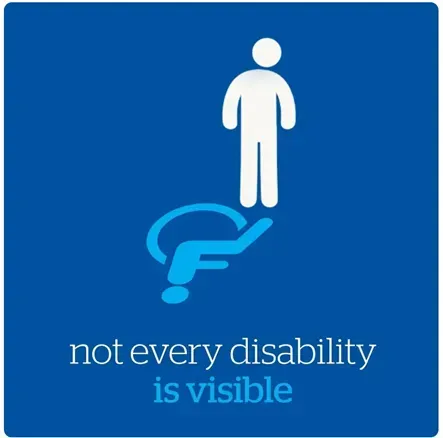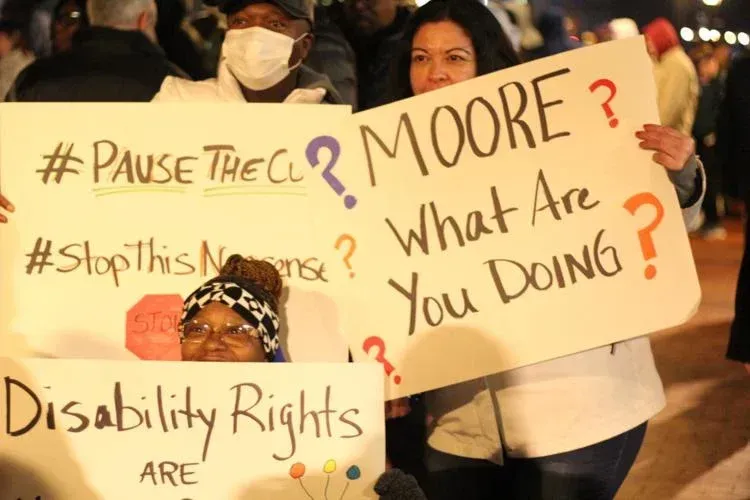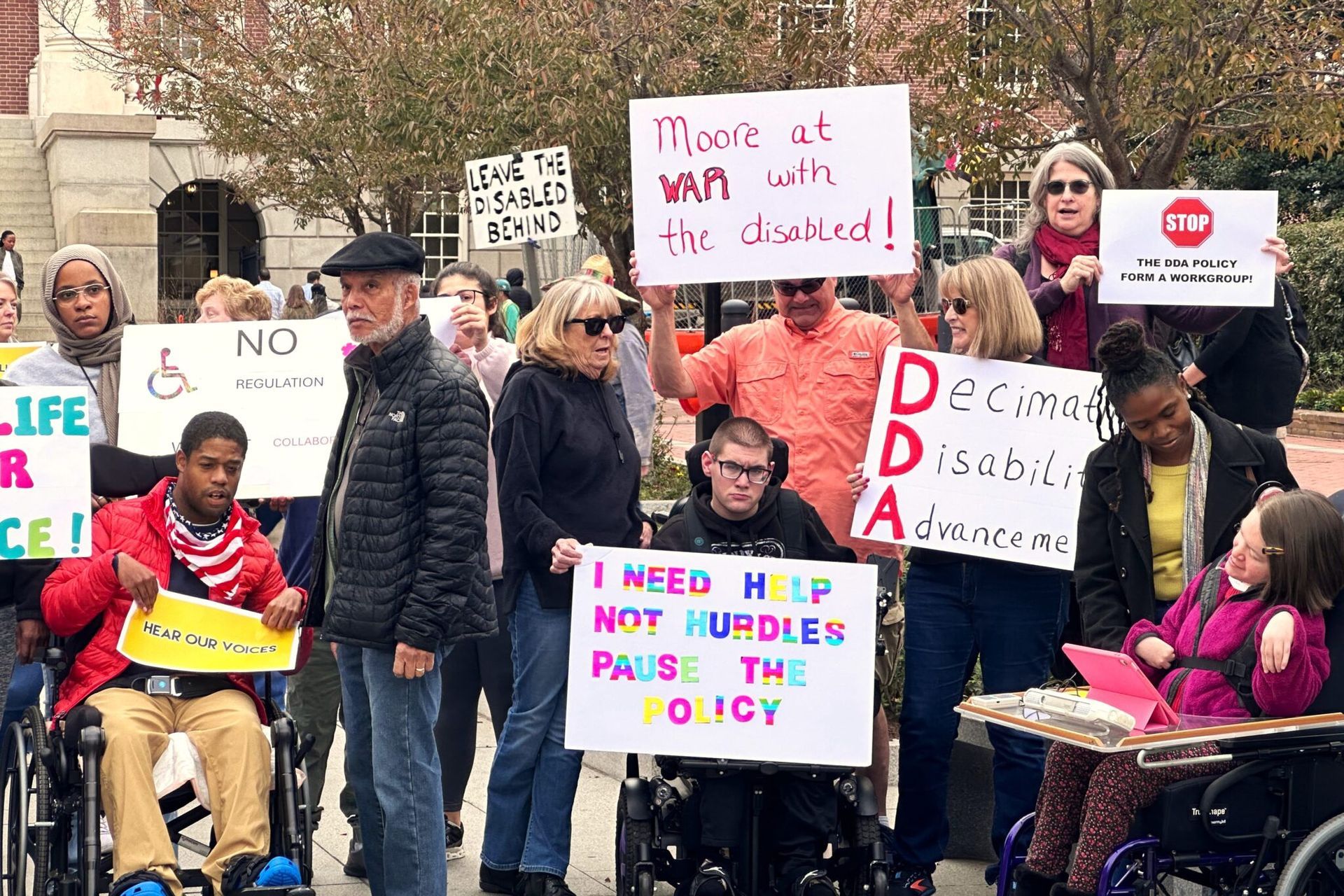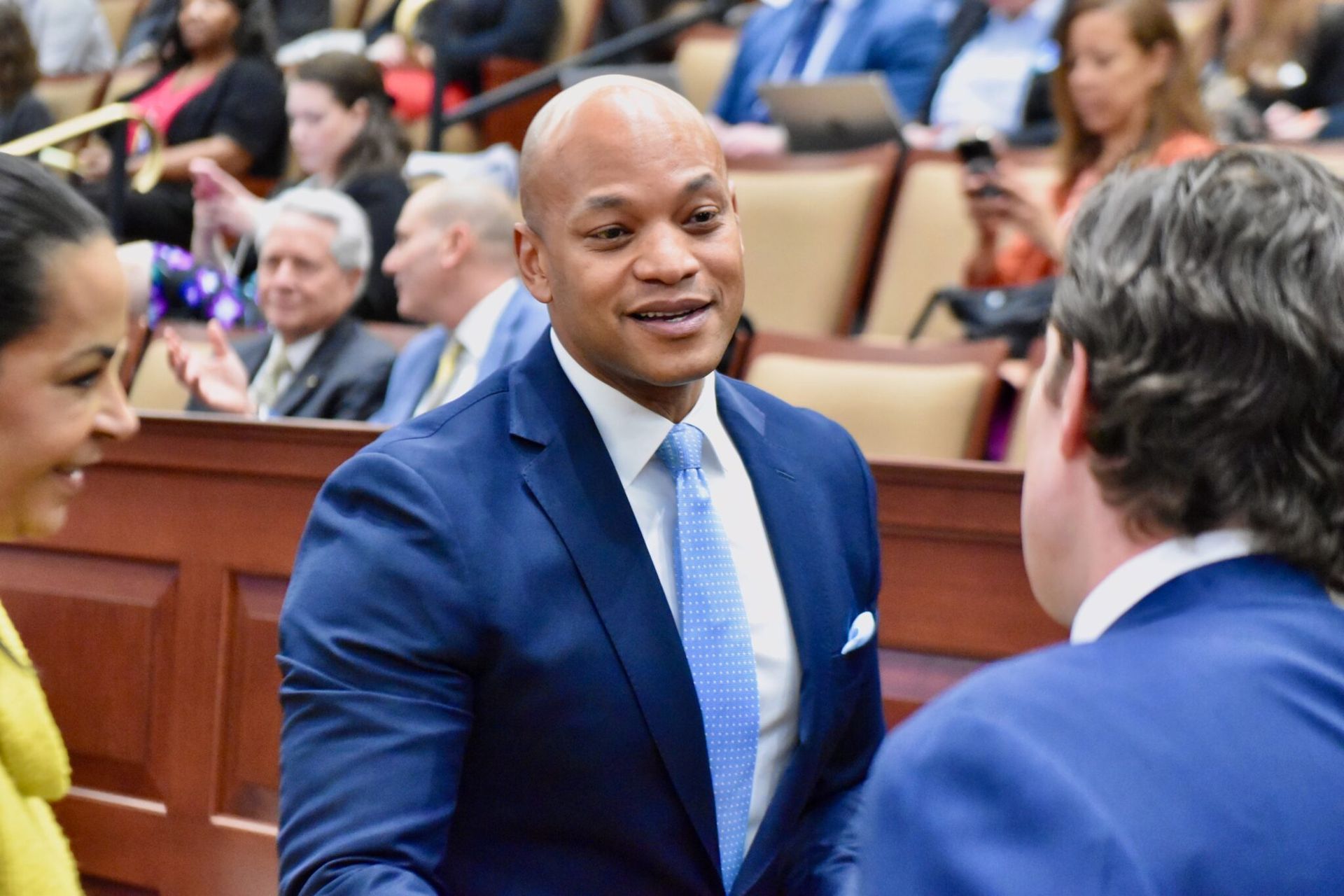In One School District, 1 In 14 Third Graders Has Autism
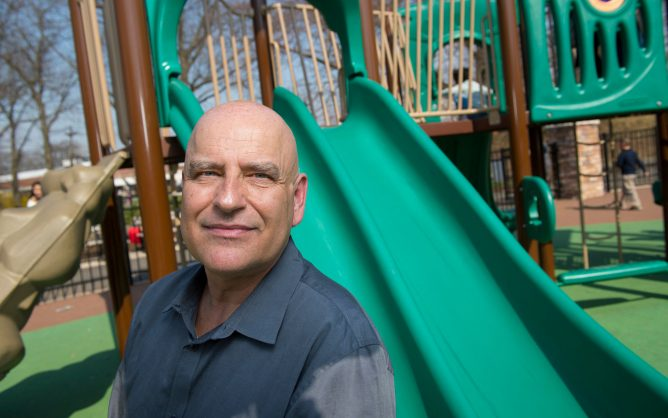
ASBURY PARK, N.J. — New Jersey’s rate of autism among children has always been high, but some of the largest school districts — including Toms River, Newark, Jersey City and Elizabeth — have rates even higher than the state average.
And in Toms River, the state’s largest suburban school district, the autism rate is more than twice the state average, with 1 in 14 8-year-olds in the district on the autism spectrum, according to the first study to compare a cross-section of districts in the state.
Toms River’s autism rate is likely a harbinger of the rate all New Jersey districts will see soon, the study’s co-author said. In nearly all the 74 districts studied, the research showed a steady increase over time in the rate of students with autism.
“It feels like some kind of science fiction,” said Walter Zahorodny, co-author of the study and an associate professor of pediatrics at Rutgers New Jersey Medical School, of the data he presents to educational and parent groups. To say that 7% of 8-year-olds in one school district — and 5% of 8-year-old boys statewide — have autism is shocking, he added, “but in reality, this is true. And it can’t be explained.”
The district-by-district breakdown of data collected about all the 8-year-olds in Ocean, Union, Hudson and Essex counties is intended to help long-term planning by identifying districts with higher-than-expected rates of students with autism.
New Jersey’s ever-increasing number of children with autism has significant implications for the educational resources that will be needed in the future, since such students require smaller class sizes, intensive instruction, specially trained teachers and paraprofessional aides. And as adults, eventually they may need housing, job accommodations or financial support.
Three of the state’s four largest public-school districts — Newark, Elizabeth and Jersey City — also had autism rates above the state average of 3.6%, the report said. The prevalence of autism in all 74 districts varied from zero to 10.8%.
Beneath the statistics, varying severity
But numbers tell only part of the story, said an advocate who works with families to help them get the services they need. Each family whose child has autism faces unique challenges.
The statistics mask the huge range of severity among children with autism, said Suzanne Buchanan, a psychologist and executive director of Autism New Jersey, a nonprofit advocacy organization. She likened it to saying children with asthma and with lung cancer all have “lung disease.” Their needs — and the gaps in addressing those needs — differ.
“While the numbers are increasing, they only tell the first part of a very complex endeavor to meet the individual needs of students with autism,” she said. “It’s a lot of specialized, intensive work to build better autism services.”
Most children with autism do not have intellectual disability, but need support for communication and social engagement and to help address behavior that may be repetitive or obsessive, she said. Others have profound intellectual disabilities with overlapping medical or psychological diagnoses; they may be unable to communicate or care for themselves, and in some cases, have self-injurious behavior.
‘We live it every day’
In Toms River, the majority of the children identified on the autism spectrum were not severely impaired. They had normal intelligence; only 12% were considered to have intellectual disability. Most were boys, in line with other studies that have found autism far more prevalent in boys than girls. And most were white, born in New Jersey and from middle-income families.
Joy Forrest, director of special education for the Toms River district, said the findings came as no surprise.
“We’re well aware of it because we live it every day,” she said. The district is constantly planning to meet individual students’ needs, she said. “We have programs from preschool to age 21, and each year, we are adding additional programming because of increasing numbers of students.”
The youngest students entering the school system “are really what’s driving our need to increase our program,” said Anna Kasper, the district’s supervisor of preschool and autism. The district has about 100 preschool students with autism who learn in self-contained classroom programs and about 35 in such programs in high school.
So far in 2021, the district has evaluated more than 200 preschool-aged children with autism and other developmental disorders referred by their parents or early intervention programs.
“I think parents are more aware of the developmental needs of their child and getting early intervention (a state-funded program) involved sooner,” Kanter said. “These children are being identified sooner.”
Most autism services in New Jersey are provided through the public education system for children from age 3 through 21, with additional therapy in many cases funded through health insurance. Early intervention services for those younger than 3 are organized through the state Department of Health.
In Toms River and Ocean County, “the level of services is superior, so all these kids are coming to attention,” said Zahorodny. He suggested that access to specialists, such as those at a branch of Children’s Specialized Hospital in Toms River, and school systems where the staff is familiar with autism, make it easier to identify nearly all the children with autism.
As monitoring continues in future years, “It’s very likely we will find even greater numbers of children with autism in what we consider underserved communities,” he said.
The high rates in other large districts in the state also show that a specific local cause is not to blame, Zahorodny said.
“If only Toms River had the high rate, we would be concerned about some environmental or ecological risk factor pushing the rate, or the case-finding, upward in that town,” he said. But he said there’s no reason to suspect a toxin or some other exposure there is causing the higher rates.
The state Department of Education said through a spokesman that it was not involved in Zahorodny’s study and generally does not comment on independent research. The number of students in each district who are classified with various disabilities and provided special education is published each year, said Shaheed Morris, the spokesman.
Through the Education Department and other agencies, the state has “made a variety of resources available to support families of children with autism spectrum disorder,” he said.
1 in 32 children in NJ has autism
New Jersey’s rate of autism has been the highest in nearly every biannual study conducted by the federal Centers for Disease Control and Prevention’s autism monitoring network since 2000. Last year’s report, based on 2016 data and released at the peak of the COVID-19 pandemic, found that an average of 1 in 54 children at the 11 monitoring sites around the country was identified with autism.
In New Jersey, however, the rate was 1 in 32.
That high rate is explained in part by high levels of public awareness and better screening and recognition by educators and pediatricians. It’s likely that other states are underestimating the number of children with autism, experts say.
But other factors contribute to the rise in rates, not only in New Jersey but nationwide.
While the cause of autism is not understood, it’s believed to be a combination of genetic and environmental factors. Children born prematurely and those born to older parents are known to be at higher risk. But a full understanding of why the incidence of autism appears to be increasing remains elusive.
“We need to do as much as we can to identify risk and protective factors, and build better services, so we can reduce the disabling effects of autism,” said Buchanan of Autism New Jersey.
Studies began in Brick in 1998
For Ocean County, the latest report brings the story of autism in the community almost full circle.
The first-ever American study of the incidence of autism in a single town was conducted by the CDC in 1998 in Brick. It was prompted by parents’ concerns about an apparent autism cluster there.
At that time, investigators also were looking into a documented cluster of childhood cancers in Toms River and its connection to decades of industrial pollution. That work culminated in a multimillion-dollar settlement with two chemical companies and a water utility, chronicled in a Pulitizer-Prize-winning book by Dan Fagin.
In Brick, the CDC’s researchers found 6.7 children per 1,000 met the criteria for autism spectrum disorder. And while the rate seemed high, investigators said when the study was released in 2000, they had nothing to compare it to except a few studies from other countries.
That information gap led to the formation of the CDC’s Autism and Developmental Disabilities Monitoring network. New Jersey has been part of its reports ever since.
Every two years starting in 2000, researchers have used identical definitions and methods to comb through the records of every 8-year-old at each of the study sites to identify those on the autism spectrum and calculate the rate.
Besides New Jersey, the sites in 2016 included communities in Arizona, Arkansas, Colorado, Georgia, Maryland, Minnesota, Missouri, North Carolina, Tennessee and Wisconsin. Data from 2018 is currently being analyzed and will be published next year.
Rates among the 11 states ranged from a low of 1.3% in Colorado, where researchers did not have access to educational records, to 1.92% in Maryland, and 2.53% in North Carolina.
As usual, New Jersey’s rate was the highest: 3.1% of children born in 2008 had autism.
And 20 years after that first study in Brick, the rate in Toms River — just 10 miles down the Garden State Parkway — was more than 10 times higher than what had galvanized parents to demand a federal investigation.
From slightly fewer than 7 of every 1,000 children in Brick identified with autism in 1998 the rate had climbed by 2016 to 74 of every 1,000 8-year-olds in Toms River.
The study about Toms River was presented last month at a virtual meeting of the International Society for Autism Research. A report on all 74 school districts included in the data is to be published soon in the journal Autism Research.
© 2021 Asbury Park Press
Distributed by Tribune Content Agency, LLC


